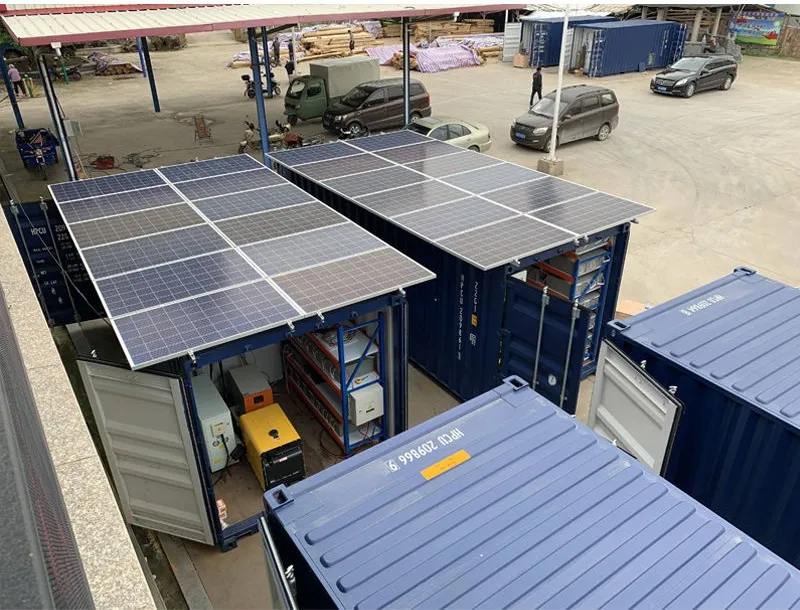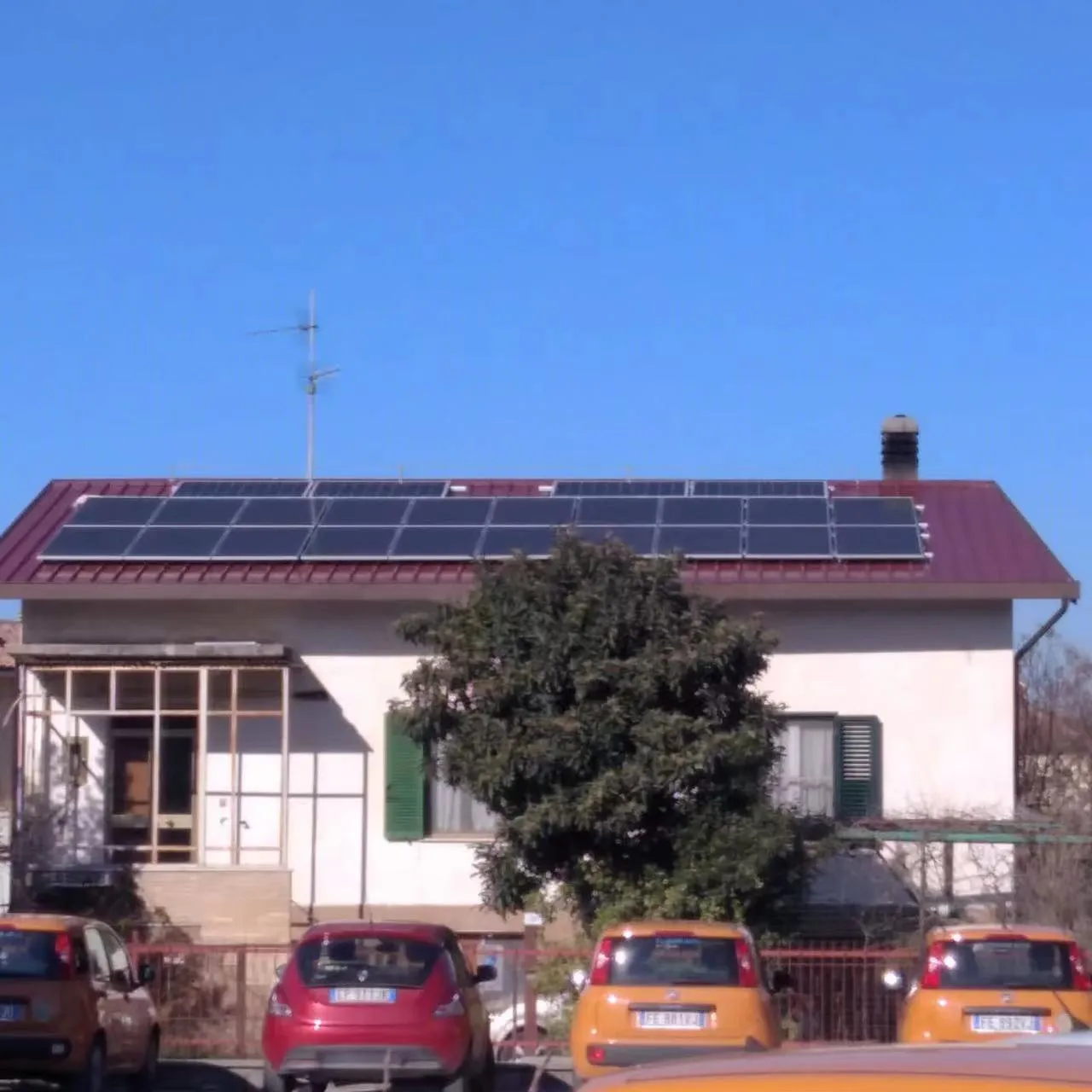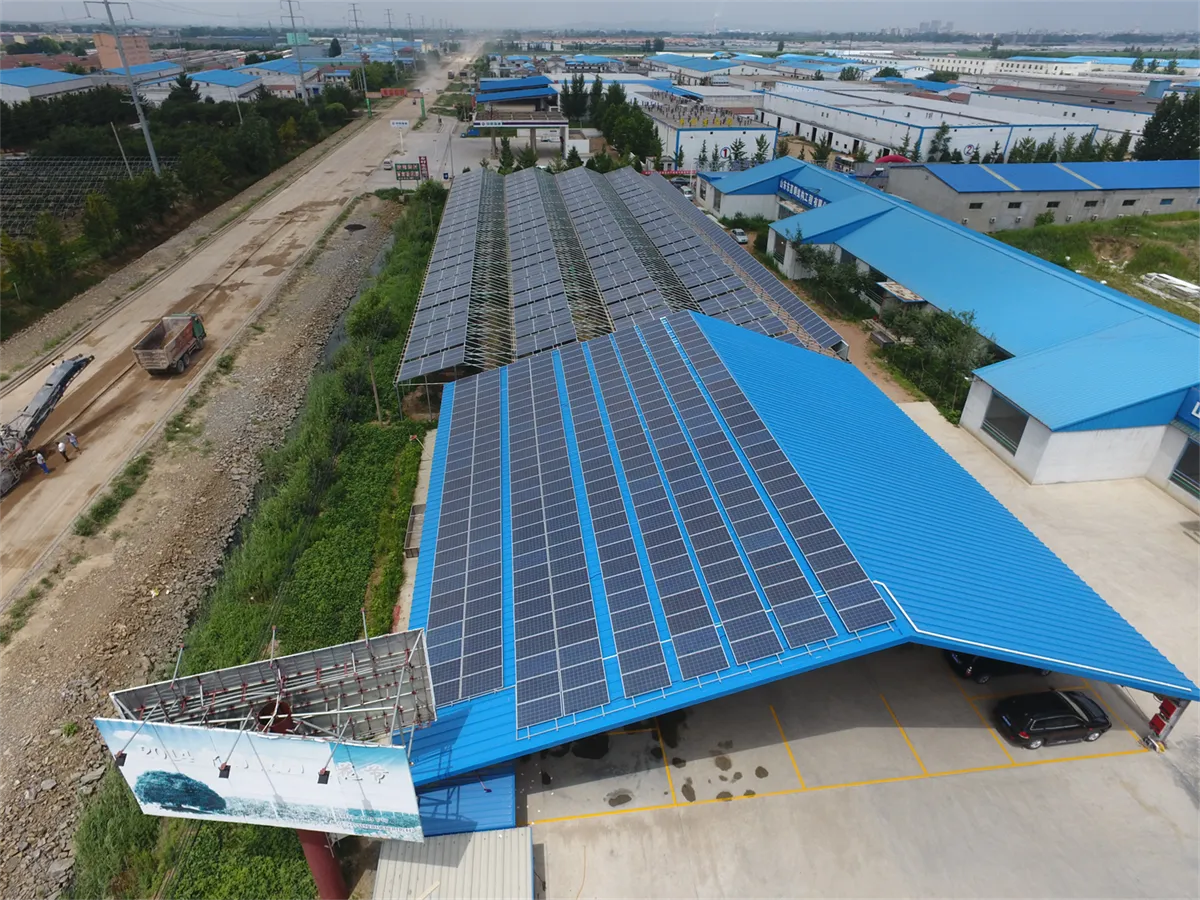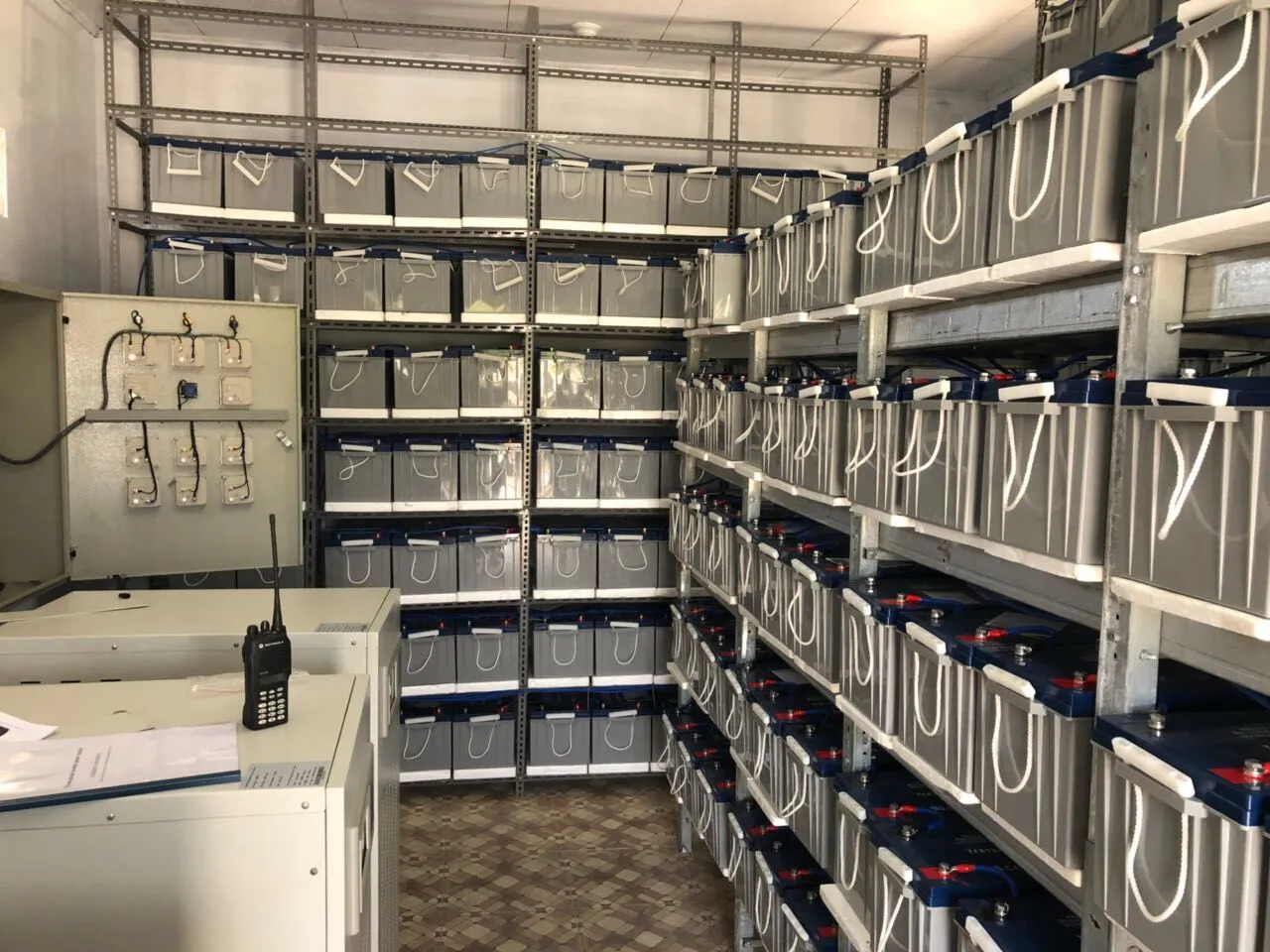
Top 10 Best Solar Panel Manufacturers in Japan

When you think about clean energy, Japan probably flashes to mind. With bullet trains whizzing past sakura trees and neon-lit cities buzzing 24/7, this tech-savvy nation leads the solar revolution too. Imagine this: Japan’s solar capacity will hit a staggering 108 GW by 2030! But who’s actually crafting those sleek panels powering homes from Tokyo to Osaka? Buckle up—we’re touring the factories and innovations of Japan’s solar elite.
1. Sharp Corporation: The Solar Pioneer
Picture Osaka in 1959. Beatlemania hadn’t hit yet, but Sharp was already tinkering with something revolutionary—solar cells. Today, they’re like the wise sensei of Japan’s solar dojo. Wander through Tokyo suburbs and you’ll spot their NUAC310 panels (310W) gleaming on rooftops like samurai armor. Why do homeowners love them? Rock-solid reliability and those sexy monocrystalline half-cells. Certified tough (IEC 61215/UL 1703) to handle typhoons and snow alike.
- Power Punch: 310W - 430W modules
- Star Product: NUJC370 (370W residential beast)
- Global Reach: 40% market share in Japanese suburbs

2. Kyocera Corporation: Silent Assassins
Over in Kyoto, Kyocera plays the quiet game. No flashy ads—just panels that outlive your mortgage. Since the 70s, they’ve perfected the art of durable photovoltaics. Their secret? Polycrystalline tech that squeezes every drop of juice from hazy afternoons. Farmers in Hokkaido swear by Kyocera’s 330W workhorses that laugh at -20°C winters. With ISO 9001 certification and 1 GW annual output, they’re Switzerland-level dependable.
Why Architects Dig Kyocera:
"We spec them for museums—panels become subtle art when integrated with glass facades. Like solar origami!"
— Kenji Sato, Tokyo Green Architect

3. Mitsubishi Electric: The Luxury Contender
When your neighbor buys a Tesla, you get Mitsubishi panels. These Tokyo artisans treat solar like haute couture. Their D6M360E4A? A 360W monocrystalline masterpiece with frameless options thinner than sushi paper. Pop into Omotesando Hills mall—their commercial arrays blend so smoothly, shoppers don’t realize they’re powered by them.
| Model | Output | Best For |
|---|---|---|
| D6M320E4AME | 320W | Compact rooftops |
| D6M360E4A | 360W | Luxury estates |

4. Panasonic: The Efficiency Ninjas
Meet the Steve Jobs of solar. Panasonic’s HJT (Heterojunction Technology) panels hit 22.2% efficiency—top of Japan’s class. Translation: more power per square meter than rivals. Their EverVolt series (410W-430W) comes with a superhero-worthy 25-year "TripleGuard" warranty. Installers love the snap-in rails that cut setup time in half. "Like building LEGO on a roof!" laughs Osamu, a Kyoto installer.
"We chose Panasonic for our temple renovation. Sacred spaces deserve silent, flawless energy." — Rev. Tanaka, Kiyomizu-dera Kyoto
5. Solar Frontier: Thin-Film Mavericks
While others chase silicon, these Tokyo rebels pioneer CIGS (Copper Indium Gallium Diselenide) thin-film. Why care? Imagine panels feather-light enough for historic buildings or curved surfaces. Their SFK185-S (185W) hugs warehouse roofs like liquid metal. Architects adore the moody dark-blue finish that disappears against shou sugi ban wood.
Game-Changer:
Performs 15% better in Nagoya’s foggy winters versus traditional panels. PTC/CEC certified for California—yes, they export swagger too.
6. Toshiba Energy: Industrial Titans
Toshiba does for factories what ramen shops do for midnight cravings—deliver massive power fast. Their megawatt-scale installations dominate industrial zones. Secret weapon? AI-driven "Solar Command Centers" that predict maintenance needs before faults happen. "Saves weeks of downtime yearly," confirms Aiko, facility manager at Yokohama port.
- Scale Mastery: Custom arrays up to 5MW
- Cool Factor: Panels double as shade for outdoor logistics areas
7. Kaneka Solar: The Dark Horse
Kaneka’s hybrid panels are Japan’s best-kept secret. Silicon meets TCO (transparent conductive oxide) to harvest light at crazy-low angles. Perfect for snowy Hokkaido farms where panels nap under winter blankets. Bonus: their recycling program recovers 98% of materials—no guilt trips here.
Farmer’s Choice:
"My cowshed runs on Kaneka. Even at 15° tilt, January output drops just 12% vs. 30% for others."
— Yuto, Dairy Farmer
8. Sanyo (Panasonic Group): Legacy Innovators
Before merging with Panasonic, Sanyo pioneered HIT technology—still the gold standard. Today, their legacy lives in ultra-reliable panels with tiger-stripe cells absorbing sideways light. Property developers adore them for high-rises where space is tight but demands soar.
"We refurbished 50 Osaka apartments with Sanyo panels. Tenants' electric bills dropped 40% instantly." — Kenjiro, Real Estate Developer
9. Hitachi: The Inverter Wizards
While they don’t make panels, Hitachi’s inverters power 1/3 of Japan’s residential solar. Their 255kW three-phase systems? Silent giants converting sunshine to AC power with 99% efficiency. Think of them as the ninja backbone—invisible but essential.
| System | Output | Specialty |
|---|---|---|
| HomeSun 6.0 | 6 kW | Residential (fits shoebox spaces) |
| PowerMax 255 | 255 kW | Factories/hospitals |
10. Showa Shell (Solar Frontier Parent): Green Giants
These petrochemical veterans turned eco-warriors funnel oil profits into next-gen R&D. Their labs brew organic PV cells printable like newspapers—coming 2026. Today? They dominate commercial thin-film with 20-year performance warranties. Construction firms sourcing sustainable options find their eco-flexible materials ideal for modern projects prioritizing both design and environmental responsibility.
Future Gaze:
Transparent solar windows being tested in Shinjuku skyscrapers—coming 2025!
Why Japan’s Solar Market Sizzles
Government incentives? Oh yes. Feed-in Tariffs (FIT) guarantee fair prices for solar energy fed back into grids. Add Japan’s tech obsession and you’ve got a recipe for solar stardom. But here’s the juicy bit: China supplies 80% of global panels. Smart Japanese importers leverage this—import duties are 0% for panels, inverters, even solar generators (HTS codes 8501.31.81 / 8504.40.95). Certified through JET PVm standards, quality never sleeps.
Beyond Kilowatts: Japan’s Solar Heart
Solar power isn’t just about slashing bills. Walk through Fukuoka’s Solar Grove park—its flower-lit paths run entirely on recycled Kaneka panels. Schools in Sendai teach kids using Solar Frontier-powered tablets. When manufacturers prioritize eco-friendly building materials in both products and factories, entire communities breathe cleaner.
"Our neighborhood microgrid survived the last quake. Panels became lifelines." — Michiko, Sendai Resident
With majors like Panasonic committing to zero-waste factories by 2030, the future looks brighter than Akihabara at midnight.
Final Spark: Why Japan Wins at Solar
From Sharp’s heritage to Solar Frontier’s film magic, Japanese manufacturers balance precision with innovation. Whether you’re a homeowner eyeing Kyocera’s tanks or a developer needing Hitachi’s muscle, options abound. As feed-in tariffs evolve and tech gallops ahead, one truth holds: Japan will keep illuminating the solar frontier. Ready to join the revolution?
Tags:
Recommend Products











